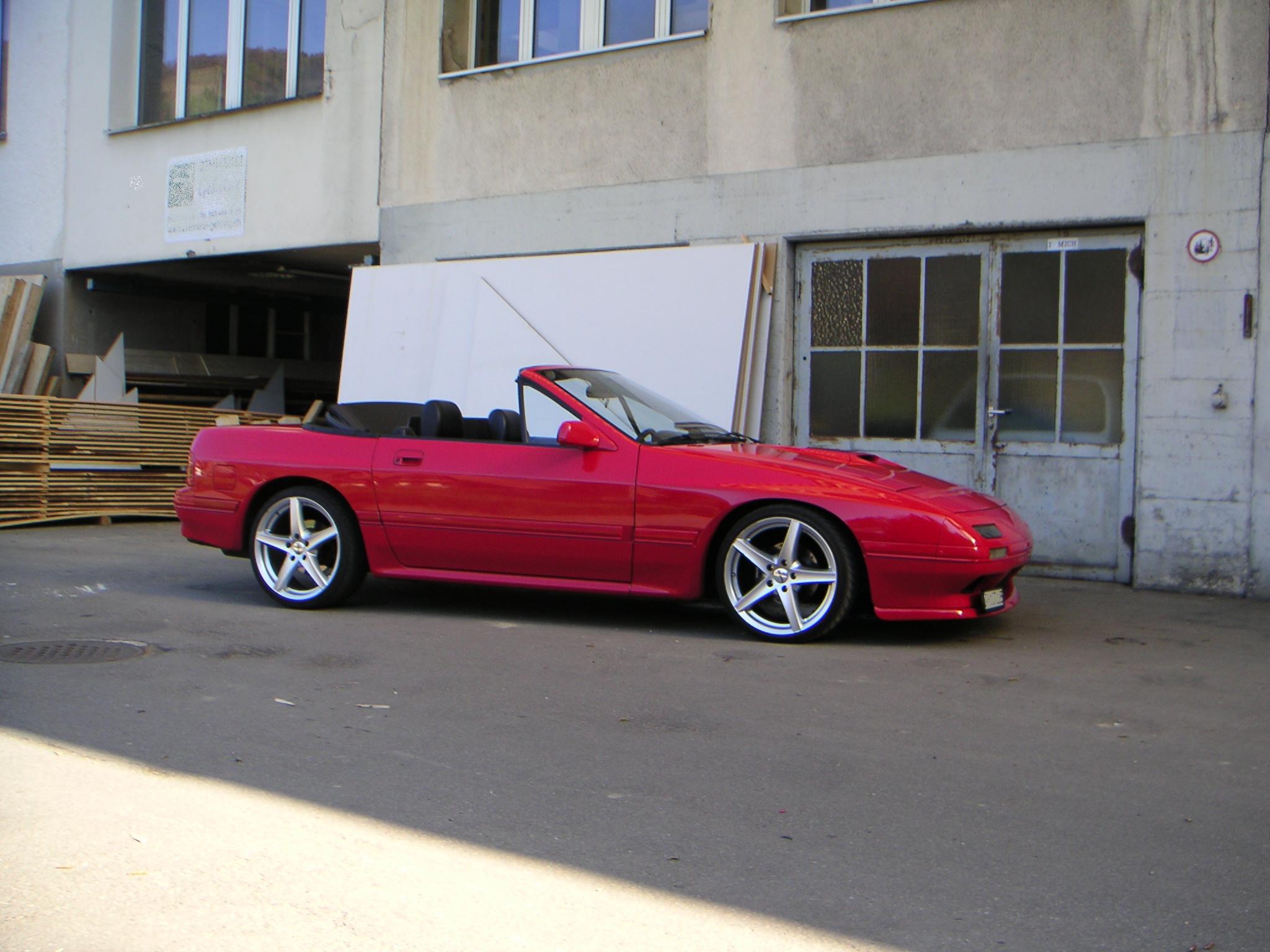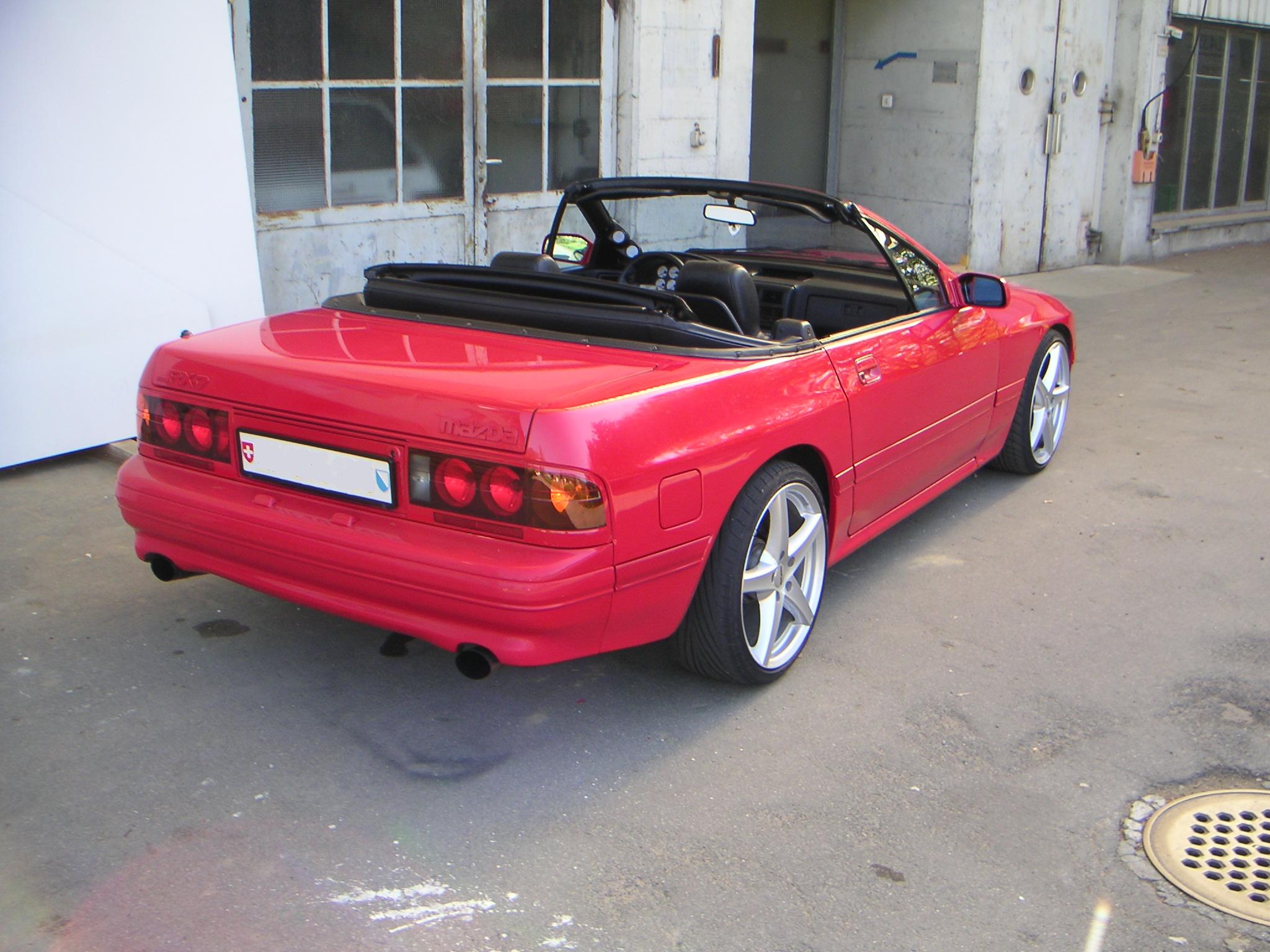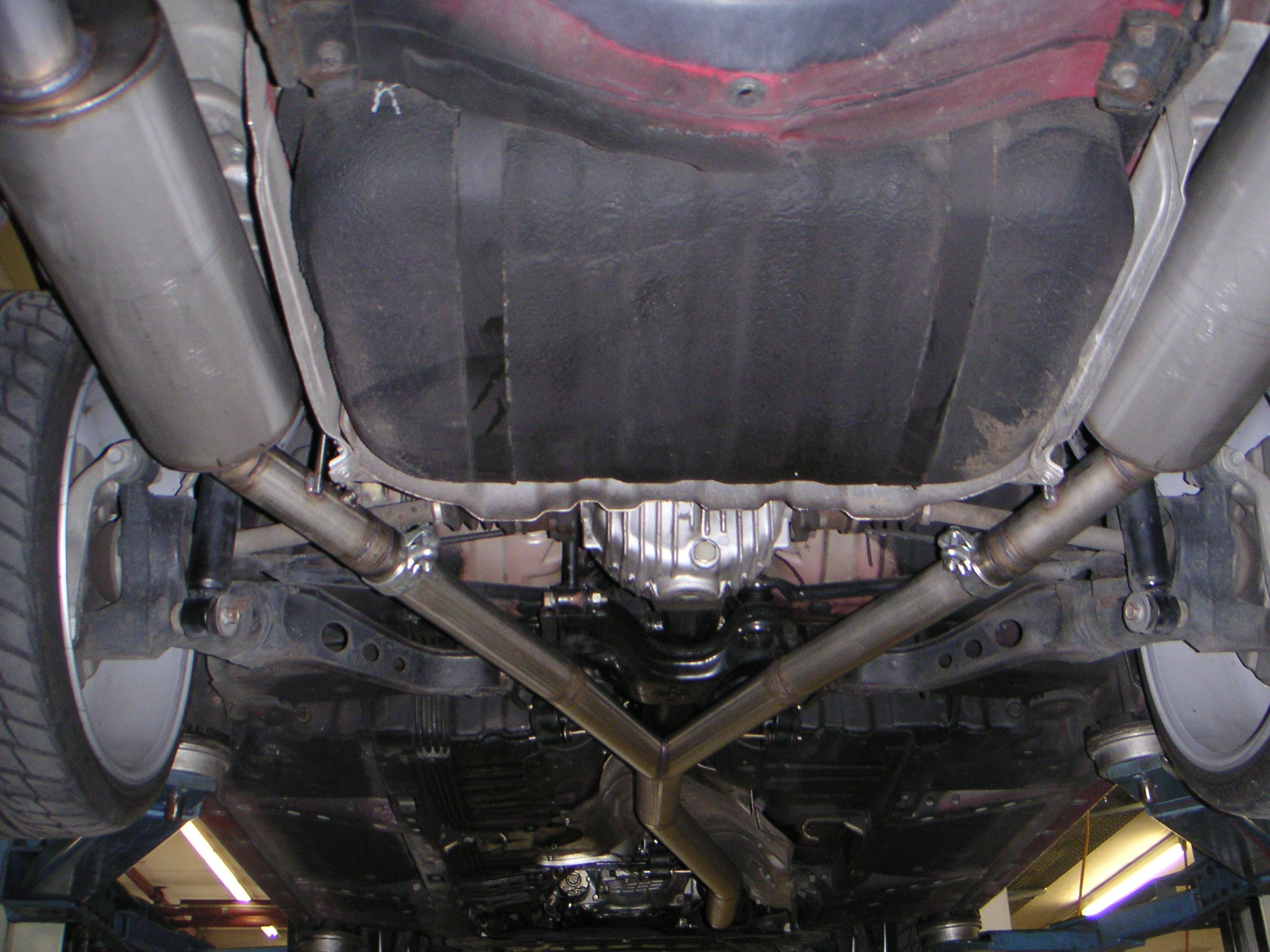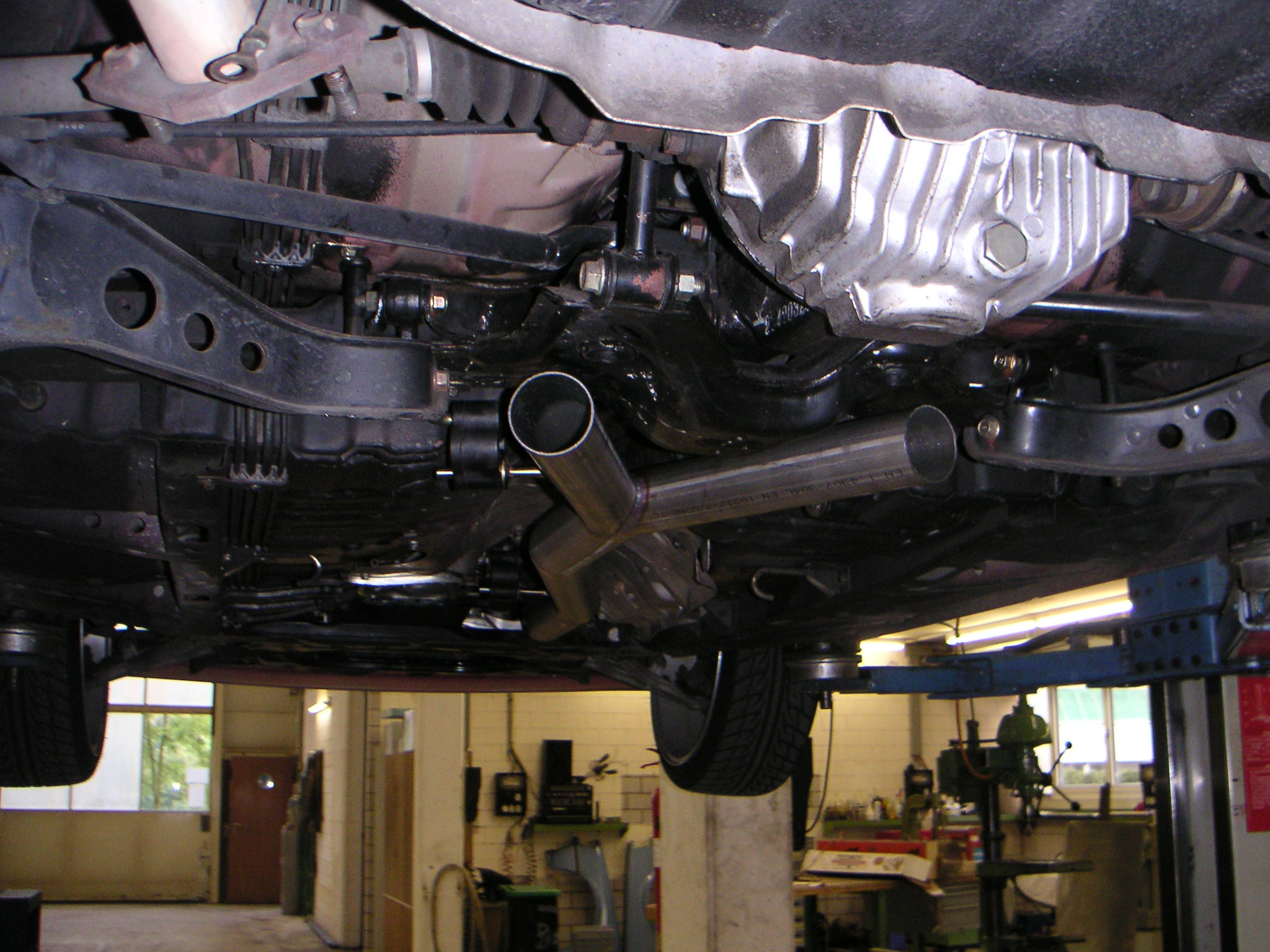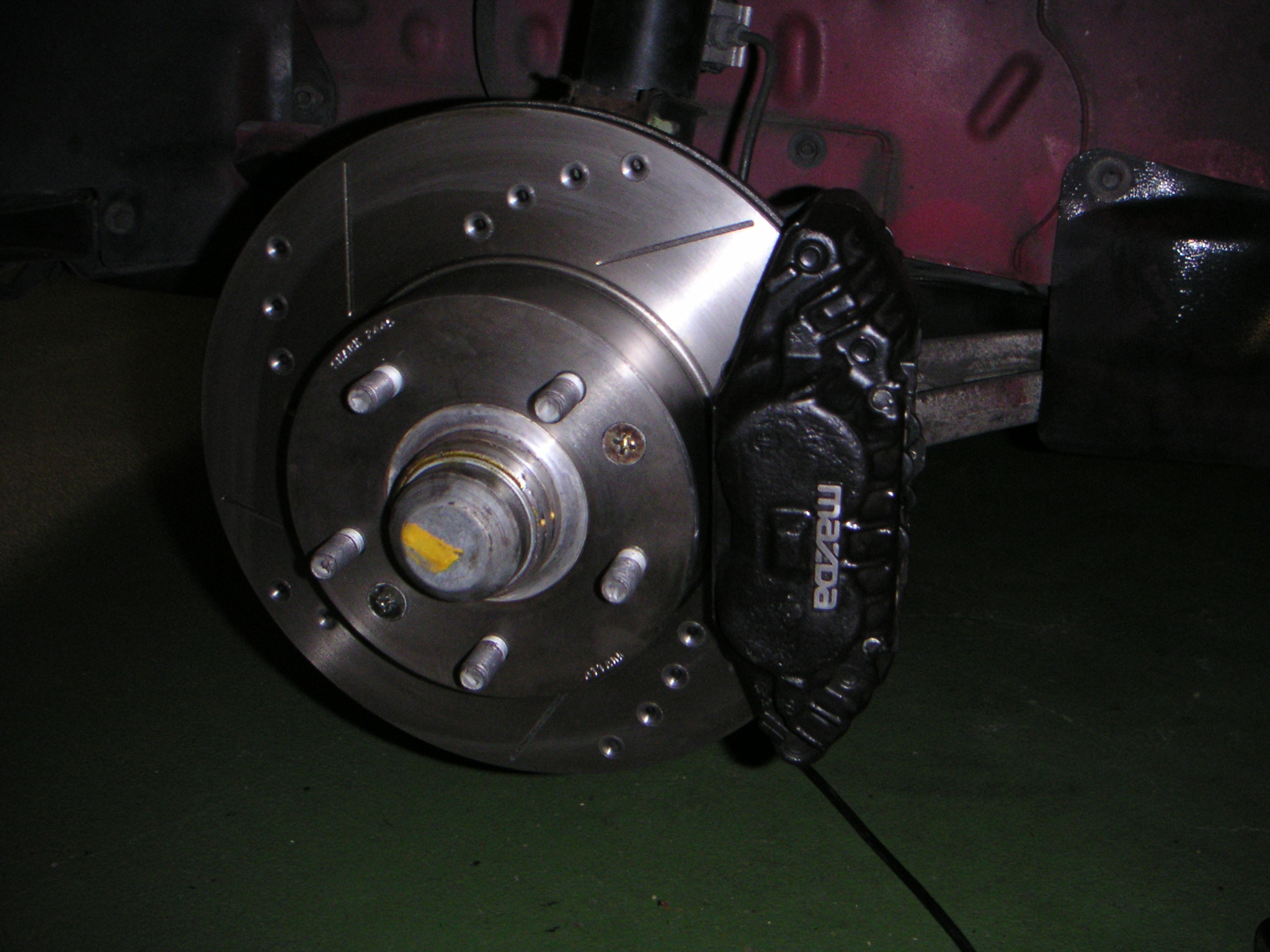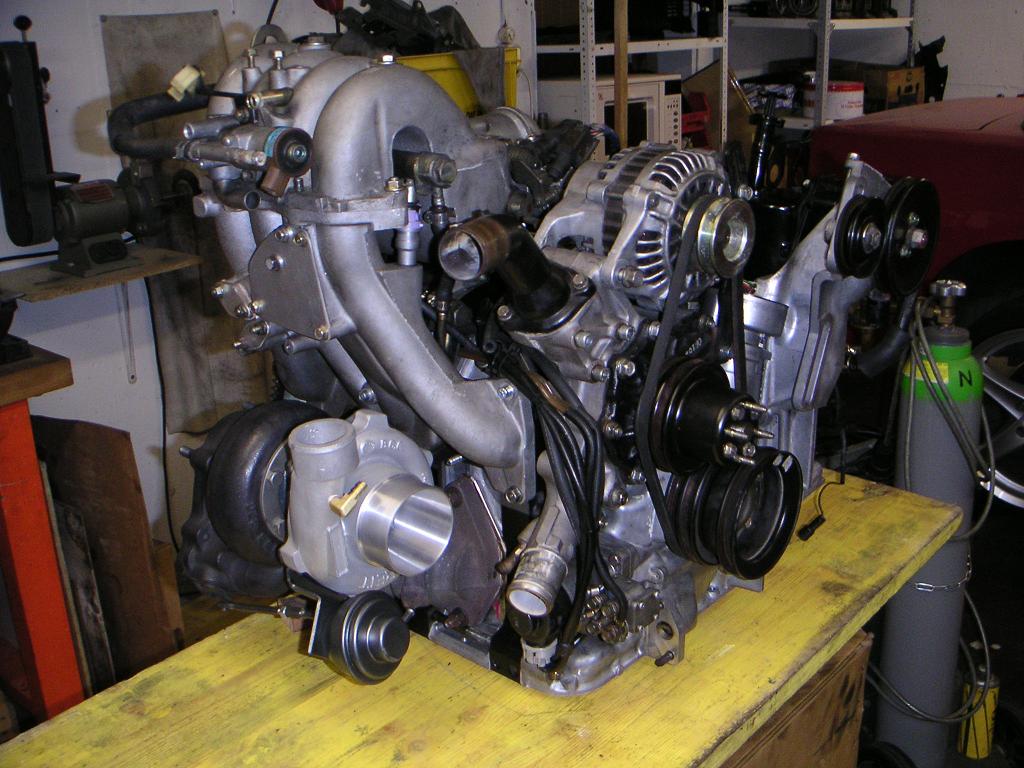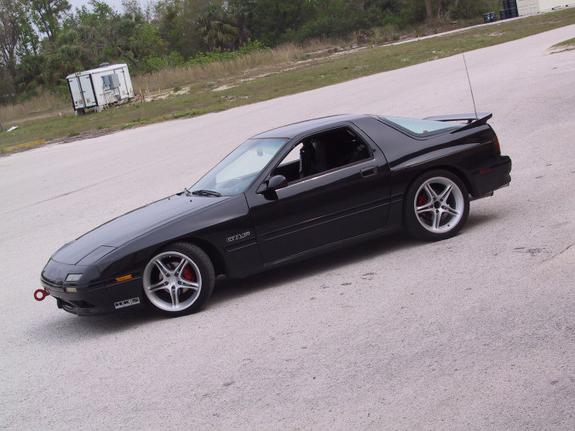Discussing about different JDM platforms, you just can’t miss the famous FC3S! Let’s take a closer look and find out, why the FC must be among the fanatics favourites…
Built in different series, the Mazda FC3S RX-7 was already launched in 1986 and continued being facelifted up to 1991. Born in the mid-eighties, the FC features some true 80s design elements. In my opinion, the overall chassis shape is felicitous, especially the nicely arched wheel housings. The FC was available as n/a and turbo.
The chassis even came out as a convertible, also both turbo and n/a. It features the ever legendary 13b twin rotor rotary engine by Mazda. The engine, even in standard form, is inherently strong and can take serious abuse (when setup correctly).
The stock TMIC is a bit odd and suffers from heat soak after 20 minutes of driving. Throw a free flow exhaust system, FMIC and a nice pod filter on it and the stock electronics allow you to boost 1bar which effects in ~290hp and some 400nm. This is more than enough to start having some fun on the track with the FC.
Fitting a front mount IC should also be followed by a nice and thick aluminium radiator. The rotary produces a lot (!) of heat and is prone to overheating.
Now the engine is freely breething and provides a reasonable amount of torque surprisingly early, due to the rather small (for a rotary!) stock turbo. Revs are limited at 7800 from the stock ECU, which is more than enough for the stock blower, chocking at 6000rpm.
The rear in the second gen FC3S (1989-1991) features independent suspension and special toe control hubs. These are capable of introducing a limited degree of passive rear steering when cornering. Although the whole rear suspension setup is a bit dated, the car’s rear handles very well and provides tight grip out of corners.
The stock differential is strong and features a V-LSD also common on S-chassis cars from Nissan. As with all V-LSD diffs, the RX-7’s one wears out and becomes an open diff at around 100’000km.
The front suspension is nothing special and up to the task quite well. I find it amazing, that the control arms are out of aluminium from the factory. The FC is equipped with some nice aluminium calipers front and rear. Front is 4-pod, vented discs. Rear is 1-pod, vented discs. Braking power is sufficient, although the system suffers from fading quite fast, due to comparably small diameter discs.
Aside from its JDM’ness, what makes the FC3S really interesting is the chassis setup together with a very light, compact and short engine block. The 13b small-block barely fills out the engine bay by 50%. You can imagine how well balanced the whole drive must be. The RX-7 sports a nearly 50-50 weight distribution. This fact, combined with a rev-happy, responsive engine pushing out approx. 300hp with minor mods, ist THE FUN setup! The FC-chassis‘ weight slightly differs from 1280 to around 1390kg, which is still a light-weight car compared to modern barges.
Another even more amazing fact, interesting for the performance maniacs: 80-90’s RX-7s all feature very similar engine bay layouts and mounting points. Engine swaps are as easy as an oil filter change … 🙂
Not that the famous 13b doesn’t offer enough potential, with around 500-600hp possible on standard internals (except rotor tips). Rotary enthusiasts often throw in the big brother of the 13b, the mighty 20b out of the Mazda Cosmo (only sold in Japan for a few years).
The 20b has one additional rotor, adding 50% capacity while almost keeping the same amazing rev-capabilities of the 13b. The 3-rotor is an absolute torque monster, featuring a twin-turbo (similiar to the FD3S) from the factory. These engines easily push out 400-500hp with minor mods, offering up to 1000hp when modified properly (2JZ, RB25/26 level).
Now I hope you gained a nice insight on the FC3S and got to have one in your garage! The sad thing is, they are very rare in Europe and are gettin‘ more rare as time moves on (obviously).
My personal recommendation, in case you are looking for an FC: Get the second gen (1989-1991) called the S5 (series 5), it features a lot (!!) of technical and visual improvements over the S4.
cheers – Chris
Discussing about different JDM platforms, you just can’t miss the famous FC3S! Let’s take a closer look and find out, why the FC must be among the fanatics favourites…
Built in different series, the Mazda FC3S RX-7 was already launched in 1986 and continued being facelifted up to 1991. Born in the mid-eighties, the FC features some true 80s design elements. In my opinion, the overall chassis shape is felicitous, especially the nicely arched wheel housings. The FC was available as n/a and turbo.
The chassis even came out as a convertible, also both turbo and n/a. It features the ever legendary 13b twin rotor rotary engine by Mazda. The engine, even in standard form, is inherently strong and can take serious abuse (when setup correctly).
The stock TMIC is a bit odd and suffers from heat soak after 20 minutes of driving. Throw a free flow exhaust system, FMIC and a nice pod filter on it and the stock electronics allow you to boost 1bar which effects in ~290hp and some 400nm. This is more than enough to start having some fun on the track with the FC.
Fitting a front mount IC should also be followed by a nice and thick aluminium radiator. The rotary produces a lot (!) of heat and is prone to overheating.
Now the engine is freely breething and provides a reasonable amount of torque surprisingly early, due to the rather small (for a rotary!) stock turbo. Revs are limited at 7800 from the stock ECU, which is more than enough for the stock blower, chocking at 6000rpm.
The rear in the second gen FC3S (1989-1991) features independent suspension and special toe control hubs. These are capable of introducing a limited degree of passive rear steering when cornering. Although the whole rear suspension setup is a bit dated, the car’s rear handles very well and provides tight grip out of corners.
The stock differential is strong and features a V-LSD also common on S-chassis cars from Nissan. As with all V-LSD diffs, the RX-7’s one wears out and becomes an open diff at around 100’000km.
The front suspension is nothing special and up to the task quite well. I find it amazing, that the control arms are out of aluminium from the factory. The FC is equipped with some nice aluminium calipers front and rear. Front is 4-pod, vented discs. Rear is 1-pod, vented discs. Braking power is good, althoug the system suffers from fading quite fast, due to comparably small diameter discs.
Aside from its JDM’ness, what makes the FC3S really interesting is the chassis setup together with a very light, compact and short engine block. The 13b small-block barely fills out the engine bay by 50%. You can imagine how well balanced the whole drive must be. The RX-7 sports a nearly 50-50 weight distribution. This fact, combined with a rev-happy, responsive engine pushing out approx. 300hp with minor mods, ist THE FUN setup! The FC-chassis‘ weight slightly differs from 1280 to around 1390kg, which is still a light-weight car compared to modern barges.
Another even more amazing fact, interesting for the performance maniacs: 80-90’s RX-7s all feature very similar engine bay layouts and mounting points. Engine swaps are as easy as an oil filter change … 🙂
Not that the famous 13b doesn’t offer enough potential, with around 500-600hp possible on standard internals (except rotor tips). Rotary enthusiasts often throw in the big brother of the 13b, the mighty 20b out of the Mazda Cosmo (only sold in Japan for a few years).
The 20b has one additional rotor, adding 50% capacity while almost keeping the same amazing rev-capabilities of the 13b. The 3-rotor is an absolute torque monster, featuring a twin-turbo (similiar to the FD3S) from the factory. These engines easily push out 400-500hp with minor mods, offering up to 1000hp when modified properly (2JZ, RB25/26 level).
Now I hope you gained a nice insight on the FC3S and got to have one in your garage! The sad thing is, they are very rare in Europe and are gettin‘ more rare as time moves on (obviously).
My personal recommendation, in case you are looking for an FC: Get the second gen (1989-1991) called the S5 (series 5), it features a lot (!!) of technical and visual improvements over the S4.
cheers – Chris
